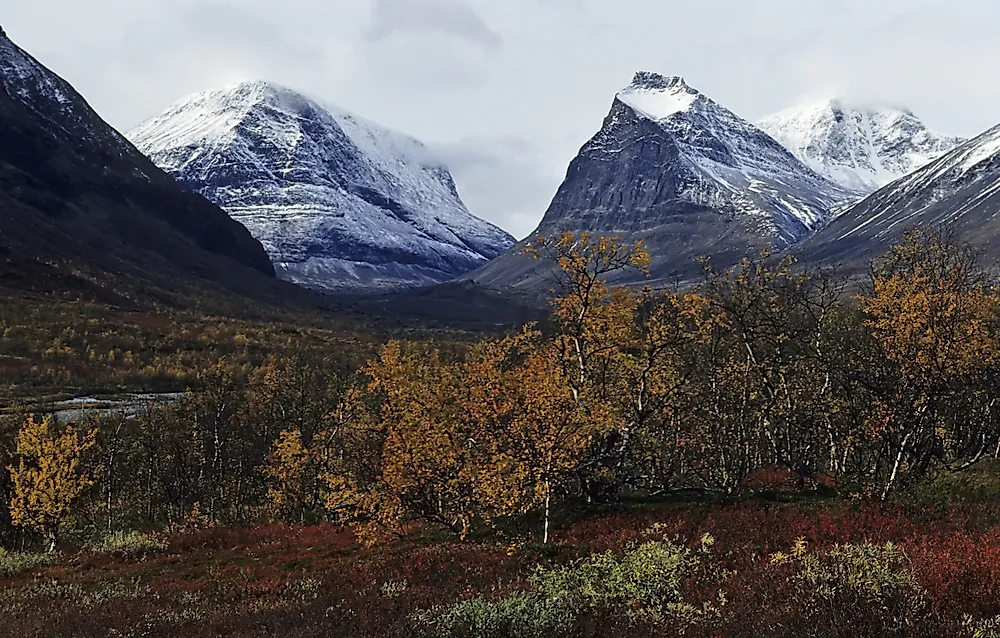What Is The Scandinavian Mountain Range?

The Scandinavian Mountain Range runs along the Scandinavian Peninsula. It is sometimes referred to as the Scandes. The western side of the range borders the Norwegian and North seas while the northwest end leads towards Finland. The northern side of the range forms the international border between Sweden and Norway and rises to about 6,600 ft in the Arctic. The mountains of the range are not very high but are among the steepest in the world. Galdhøpiggen is 8,100 ft making it the tallest mountain in the range, and in Norway. Kebnekaise stands 6,903 ft above the sea level and is the mountain of the range on the Swedish side of the border. Halti stands at 4,344 ft and is the highest on the Finnish side. Moisture from the Atlantic Ocean cools at the Northern end the range forming glaciers and ice fields. As the altitude increases, the temperature decrease resulting in permafrost in South Norway at elevations of 4900 ft.
Origin of the Mountains
Geologists agree that the Scandinavian Range was elevated in a similar way to the mountains of Eastern Greenland and the Great Dividing Range of Australia. Tectonic processes are thought to have led to the rise of the mountains about 66 million years ago. A Study in 2002 suggested that the mountains and all other mountains formed on the passive continental margins rose due to the far-field stresses that occurred in the lithosphere. The study also suggested that the Scandinavian Range is a massive anticlinal lithospheric fold. The folding was due to the horizontal compression of a thin crust on the margins. However, several researchers have come up with their own understanding of how the range was formed including diapirism that occurred in the asthenosphere. Another hypothesis suggests that change in lithosphere’s density occurred due to the Iceland plume as Scandinavia and Greenland separated.
Orography
Taller mountains of the range with heights of up to 6,000 ft are concentrated in southern Norway between Trondheim and Stavanger. As the mountain slopes towards Trondheim Fjord, the peaks decrease in height to about 1,500 ft. The peaks then become taller as the range heads north towards Swedish Lapland. The tallest mountain is Galdhøpiggen at 8,100 ft; it is located in the southern part of the range in Norway. In Sweden, the mountain range stretches from northern Dalarna and head northwards. Unlike other mountain ranges the Scandinavian range lacks the "alpine topography," and when it does, it does not relate to the altitude it should be in. In southern Norway for example, the cirques are located at 6,000 ft unlike in other ranges where they are located at between 3,000 ft - 4,500 ft. The förfjäll is located on the eastern side of the mountain range on the Swedish side of the border. They are taller than 3,000 ft. The förfjäll stretch for about 404 miles from Dalarna to Norrbotten. Ten of the tallest mountains in the range are in Norway; six in Oppland and four in Sogn og Fjordane.











